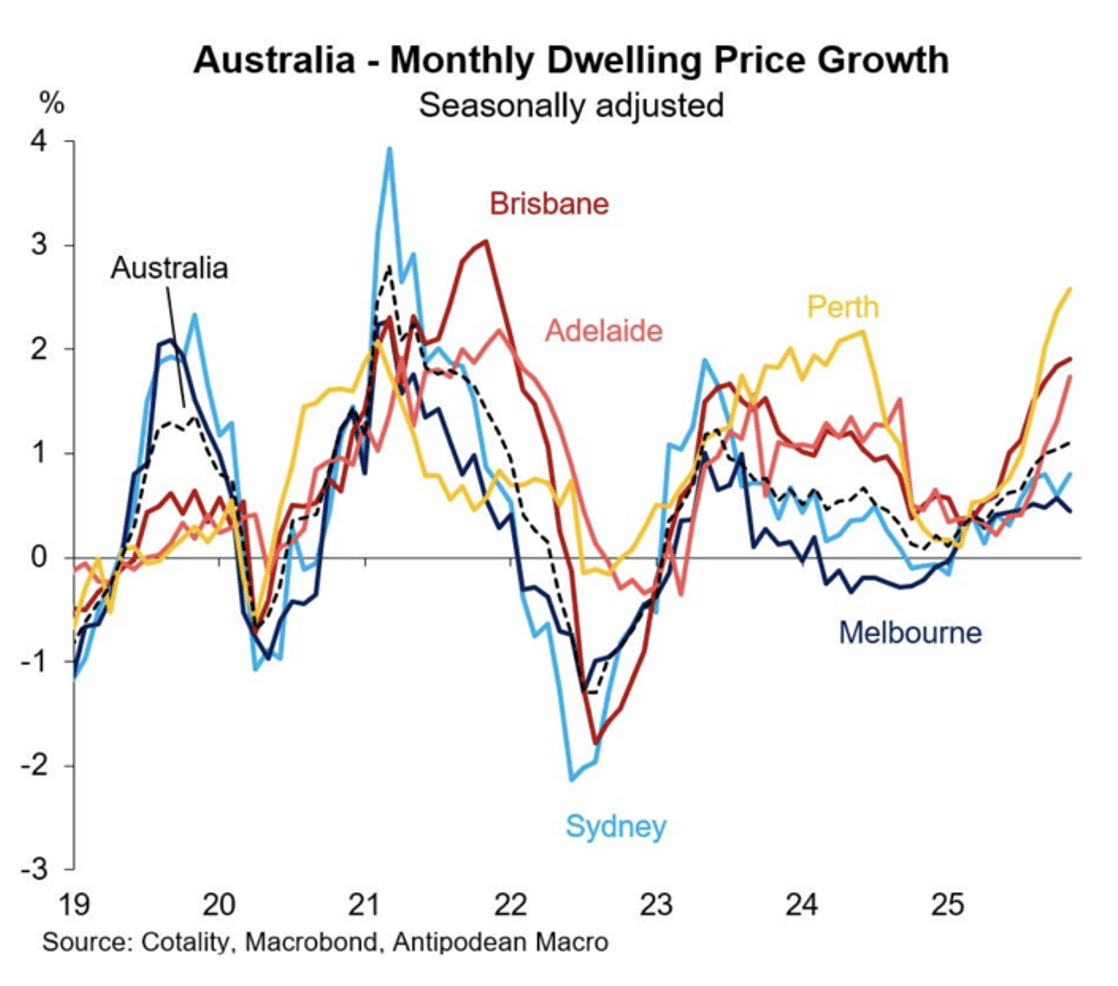Source: Stockhead and The Australian
Author: Alan Greenstein
Date: 29 April 2025


Special Report: With ASIC shining a light on fast-growing private markets, finding the sweet spot between regulation and investor protection is critical explains Alan Greenstein, CEO and co-founder of specialist real estate private credit investment manager Zagga.
Private markets have boomed over the past decade. Globally, private capital under management has tripled to over AUD $23 trillion, while private credit is expected to expand to approximately AUD $4.5 trillion by 2028. Despite accelerated growth, global private markets make up just over 10 percent of global public equity markets. In Australia, private capital funds still only account for approximately five per cent of the value of ASX-listed companies.
But this story is slowly evolving.
This changing narrative can be seen acutely in private credit. The Australian private credit market is estimated to be worth $205 billion, with $85 billion allocated to commercial real estate loans.
While the maturity of the Australian market is nascent compared with our global peers, like the US and UK, investor demand is rapidly rising with private credit becoming an increasingly dominant part of portfolios due to its defensive characteristics and reliable income.
Favoured by borrowers for its agility and commerciality, non-bank lending now accounts for 17 per cent of business financing in Australia, as shown by RBA data. At the same time, we are seeing a cyclical trough in local equity market listings. This listing trend is not unique and mirrors past experiences in developed global markets.
The shift has not gone unnoticed, with regulators, like the Australian Securities and Investments Commission (ASIC), noting in its recent discussion paper that we need to strike the right balance between public and private to ensure both markets are “strong and well-functioning”.
It is crucial that, together, we achieve this balance to ensure we unlock the unique opportunities Australia has to offer.
As highlighted in ASIC’s review, capital is increasingly looking for cross-border investment and the opportunity for Australia is significant. In particular, our market is extremely attractive for private credit managers in the property sector.

Pic via Getty Images
Fuelled by a pullback from traditional lenders amidst a nationwide housing shortage, private credit investors are gaining access to quality, institutional-grade investments that traditionally would have been snapped up by big banks.
We have seen growing interest from offshore, APAC investors who are attracted by our stable market, well-developed legal and regulatory frameworks, robust governance, and resilient economy.
The scale of the domestic opportunity, and urgent need for critical infrastructure to support a growing population, will continue to drive this capital inflow.
Growth drives attention
Yet, with growth comes attention. The regulator enjoys significant visibility and oversight of public markets, and naturally, wants more insight into private investments. Undoubtedly, investors also appreciate transparency.
However, as ASIC rightly points out, when it comes to regulation of private markets, one size does not fit all.
In private credit, investors vary from individuals to global institutions, including Australia’s largest super funds. This creates complexity because their levels of sophistication, risk appetite, and capital allocations are vastly different.
Additionally, managers, and their strategies, vary greatly. For example, Zagga specialises in real estate private credit, concentrated on the deepest, most liquid segments along Australia’s Eastern Seaboard, holding predominantly senior debt positions.
In contrast, other private credit providers may focus on different parts of the capital stack, or employ more complex strategies, resulting in different risk-return profiles. It is important for investors to have a deep understanding of both the risk and opportunity and do thorough due diligence before diving in.
For these reasons, we believe private credit should be the domain of experienced investors who understand the sector, can tolerate risk, and whose investment goals align with the specific manager’s strategy.
Recognising the sector’s nuances, the regulator has invited engagement and collaboration with the industry. This collaborative approach ensures we manage risks, such as liquidity, valuation, and pricing, and solve for emerging challenges, including disclosure, transparency, and inter-funding. Yet, we must do this without sacrificing the unique benefits private credit delivers – uncorrelated diversification, attractive risk-adjusted returns, and steady income.

The industry has an opportunity to take initiative and come together to design a code of conduct that ensures widespread best practice and establishes a framework around pertinent issues like opacity, leverage, and valuation uncertainty.
Many private managers, including Zagga, are well placed for this, already operating with significant compliance mechanisms and regulatory oversight.
I would like to believe that most serious, credible private credit managers will be on board with governance that delivers greater transparency, minimum best practice standards, and a level playing field. An operating environment that is acceptable to both industry and regulators.
Fit-for-purpose code of conduct required
As private credit transitions from an ‘alternative’ to a staple in an increasing number of portfolios, a code of conduct will be instrumental in upholding integrity, trust, and credibility with both investors and the regulator while maintaining the speed, agility, and commerciality that define the private credit market.
It is certainly true that not all credit is created equal, and a code of conduct will ultimately deliver relevant, appropriate, fit-for-purpose governance that protects investors and instils confidence in the industry.
Historically, there have been low barriers to entry for private lenders. As our industry rapidly grows and matures, attracting capital from both local and offshore investors, this must change.
We must strike the right chord when it comes to regulation and governance to protect investors, foster innovation, and maintain the unique attributes of our asset class.
ASIC is prompting that change, and as an industry, we must rise to the occasion. Coming together to develop a fit-for-purpose code of conduct will give us strong footing as we step into this next chapter of growth.



